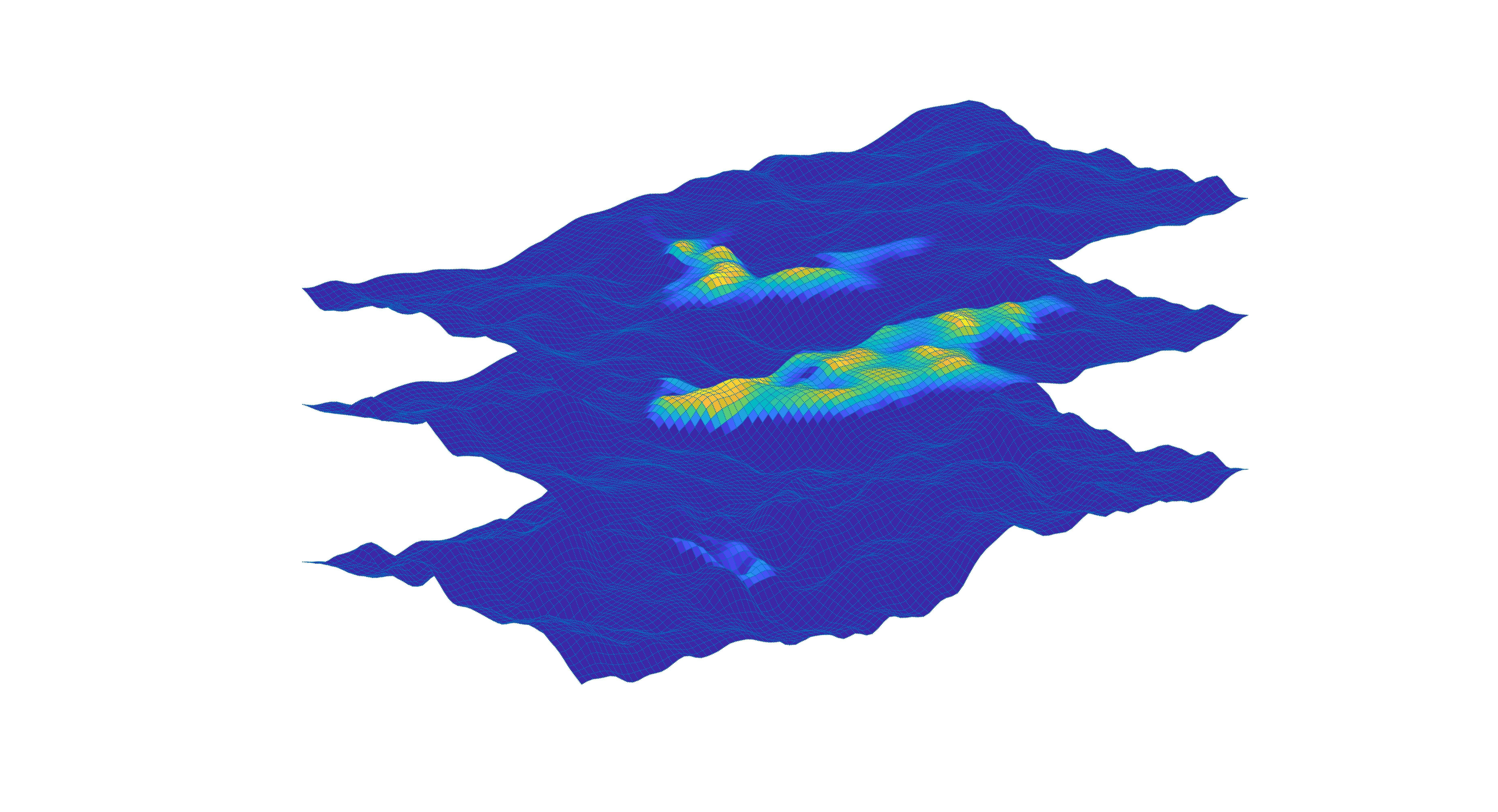Benchmarking VE simulation methods against seismic history at Sleipner

In this project, we will perform history matching of the Sleipner plume data. The VESA simulator, an in-house simulator at NORCE that has been developed over many years will be used for this purpose. The code can be run from a Python script for easy implementation with ensemble-based data assimilation toolkit described above. Three main uncertainties will be explored are:
U1. Vertical transmissibility of migration pathways (permeability of “holes” in intraformational shales that allow CO2 to migrate vertically in the system).
U2. CO2 uptake in water column due to convective mixing (mass flux of CO2 into water per area of plume within range predicted by existing theory). Mass flux is a static input parameter
U3. Reservoir temperature due to variation in geothermal gradient (range in temperature within 2 degrees C from measured values). Reservoir temperature is a static input parameter that varies vertically according to a defined geothermal gradient. Plume temperature is modeled using an energy equation coupled to the VESA flow simulator.
The first uncertainty is the primary quantity of interest that will mainly control how the plume migrates vertically from Layer 1 to 9, while dissolution and reservoir temperature are secondary controls on migration. Therefore, most of the project focus will be on U1 followed by U2. If time allows, we will investigate reservoir temperature.